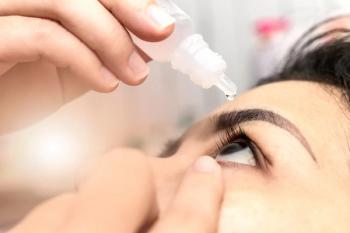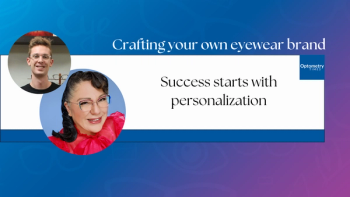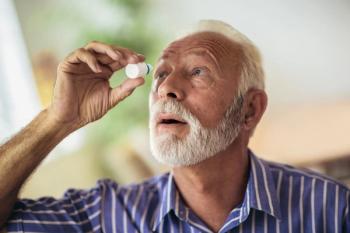
AOA 2023: Pooled analysis of Gobi and Mojave studies for NOV03 treatment of MGD
Ahmad M. Fahmy, OD, FAAO, Dipl ABO, gives highlights of his AOA 2023 poster that was a pooled analysis of the Gobi and Mojave studies relevant to perfluorohexyloctane (NOV03) for dry eye disease associated with Meibomian gland dysfunction.
Ahmad M. Fahmy, OD, FAAO, Dipl ABO, caught up with Optometry Times to tell us all about his ePoster, "Perfluorohexyloctane (NOV03) for dry eye disease associated with Meibomian gland dysfunction: Pooled analysis of Gobi and Mojave studies," which he presented at the 2023 AOA Optometry's Meeting in Washington, DC.
Video transcript
Editor's note: This transcript has been lightly edited for clarity.
Hi, my name is Ahmad Fahmy. I'm a doctor of optometry at Minnesota Eye Consultants. I am the cofounder of Eyes-On Dry Eye and founder of the Twin Cities Ocular Surface Disease Symposium.
I'm really excited about this data. It's a really neat poster that we presented that has pooled results from 2 very well-done clinical studies that looked at perfluorohexyloctane, which is a really innovative new medication that is water soluble, preservative free. We looked at the primary endpoints. We're looking at the visual analogue scale, the scores, and looking at the mean change from baseline and
The secondary endpoints looked at those same two data points, but at week 15, and then also looked at central corneal staining, and then looking more specifically into irritation type symptoms at day 15. And so those are the primary and secondary endpoints, it met statistical significance in all of these data points. And again, using a water soluble and a nonpreserved lubricating drop, I think that's going to be really a welcome addition to what we currently offer a lot of our patients that have evaporative
This molecule has a very low surface tension, and so it really spreads across the surface of the eye really well, and does a great job of preserving the tear film. And so we see patients all the time in clinic that have, you know, basically refractory to some of the things that we're offering them in ocular surface disease treatment, especially those patients that have a strong evaporative component.
We do a lot of in-office procedures and really focus on eyelid health, and getting their meibomian glands to deliver healthier secretions to the surface of the eye. And even using scleral
So I see really wide clinical use, because MGD is such a big part—and evaporative dry eye is such a big part of
Newsletter
Want more insights like this? Subscribe to Optometry Times and get clinical pearls and practice tips delivered straight to your inbox.
















































.png)


